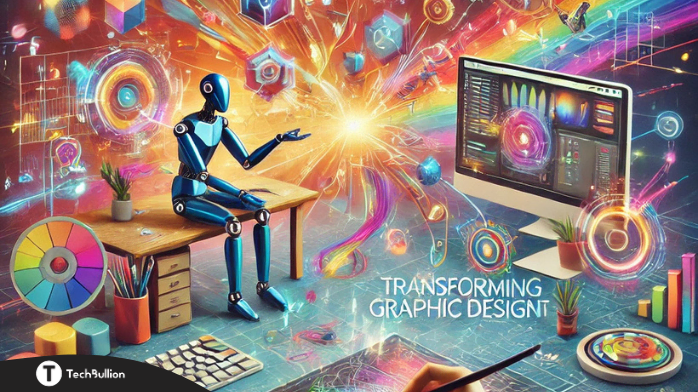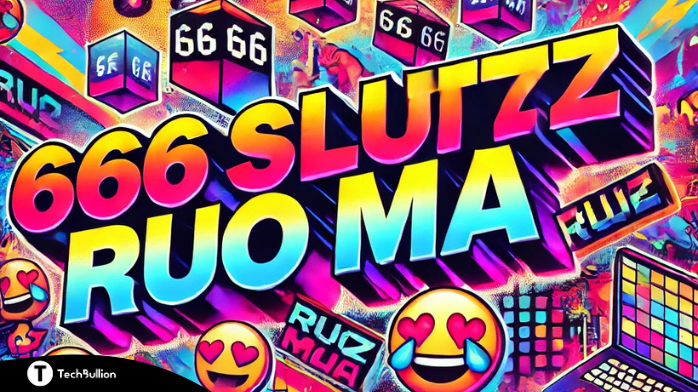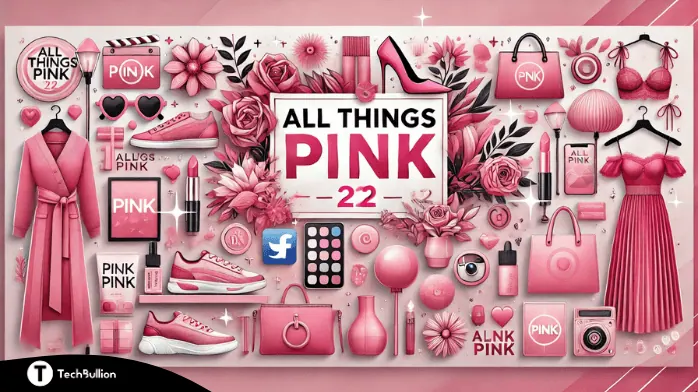
Transforming Graphics Design is more than just an artistic endeavor—it’s a critical component of modern communication. Whether you’re crafting a logo, designing a website, or creating marketing materials, the ability to convey messages visually is vital in today’s digital-first world. With the emergence of groundbreaking technologies and innovative methodologies, graphic design is undergoing a radical transformation. These advancements are not only enhancing creativity but also democratizing design, making it accessible to individuals and businesses of all sizes.
In this article, we’ll explore how Transforming Graphic Design is revolutionizing the creative industry and reshaping the way we create visual content.
The Evolution of Graphic Design
Transforming Graphics Design has come a long way from hand-drawn illustrations and print-based layouts. Today, the field is powered by digital tools, cloud-based platforms, and artificial intelligence (AI). This evolution has shifted the focus from merely creating aesthetically pleasing visuals to delivering engaging, user-centric designs.
Key milestones in the transformation of graphic design include:
- The Digital Revolution: The introduction of design software like Adobe Photoshop, Illustrator, and CorelDRAW in the late 20th century paved the way for digital graphic design.
- Web and Mobile Design: The rise of the internet brought about the need for web and mobile-first design principles, including responsive design and user experience (UX) optimization.
- Automation and AI: Advanced algorithms now automate repetitive tasks, analyze design trends, and even generate designs based on user inputs.
The Role of Technology in Transforming Graphic Design
1. Artificial Intelligence (AI) and Machine Learning
AI has become a game-changer in graphic design, empowering designers with tools that boost efficiency and creativity. From generating layouts to suggesting color schemes, AI helps streamline the design process.
Key Contributions of AI in Graphic Design:
- Automated Design: Tools like Canva and Adobe Sensei use AI to recommend layouts, fonts, and images based on user input.
- Smart Image Editing: AI-powered software enables features like background removal, auto-retouching, and intelligent resizing.
- Personalization: AI analyzes user behavior to create personalized graphics, such as targeted advertisements and tailored social media content.
2. Cloud-Based Collaboration
Design teams no longer need to work in isolation. Cloud-based platforms like Figma, Sketch, and Adobe Creative Cloud facilitate real-time collaboration, allowing multiple users to work on the same project simultaneously.
Advantages of Cloud Collaboration:
- Easy access to design files from any device.
- Simplified version control and file sharing.
- Enhanced team productivity through real-time feedback.
3. Augmented Reality (AR) and Virtual Reality (VR)
AR and VR are unlocking new creative possibilities in Transforming Graphics Design. From interactive marketing campaigns to immersive branding experiences, these technologies are transforming how audiences interact with visuals.
Applications of AR and VR in Graphic Design:
- Interactive Packaging: AR-enabled designs let customers scan products to view additional information or 3D visuals.
- Virtual Prototyping: Designers can create virtual prototypes of spaces, products, or layouts for better visualization.
4. Automation and Workflow Optimization
Automation tools are transforming the design workflow by taking over repetitive tasks. For example, batch processing in Photoshop allows designers to edit hundreds of images simultaneously, saving valuable time.
Automated Design Processes Include:
- Auto-resizing graphics for various platforms.
- Generating multiple versions of a design with different themes or languages.
- Automated data visualization for creating infographics.
The Democratization of Graphic Design
With intuitive tools like Canva, Crello, and Piktochart, anyone can now create professional-quality designs without formal training. This democratization of graphic design has:
- Empowered small businesses to produce high-quality marketing materials.
- Enabled educators, non-profits, and entrepreneurs to visually communicate their ideas.
- Opened up opportunities for individuals to enter the field as self-taught designers.
Emerging Trends in Transforming Graphic Design
1. Minimalism and Sustainable Design
As audiences grow more environmentally conscious, minimalist and eco-friendly design practices are becoming mainstream. Graphic designers are increasingly prioritizing:
- Simplicity: Clean, uncluttered designs that focus on essential elements.
- Sustainability: Using digital mediums to replace physical materials and reduce waste.
2. Motion Graphics and 3D Design
Static images are giving way to motion graphics and 3D visuals, which are more engaging and dynamic. Tools like Blender and After Effects make it easier to create animations and realistic 3D designs.
3. Data-Driven Design
Data visualization tools like Tableau and Infogram are helping designers transform raw data into compelling graphics. These visuals are particularly useful in marketing, journalism, and corporate communications.
4. Inclusive Design
In today’s diverse world, inclusive design ensures accessibility and representation. Designers are now prioritizing:
- High-contrast visuals for visually impaired users.
- Multilingual layouts to cater to global audiences.
- Culturally sensitive graphics that resonate with diverse demographics.
Case Studies: Real-World Impact of Transforming Graphics Design
Case Study 1: Revolutionizing Branding for Small Businesses
A small coffee shop used Canva to create an entire branding package, including logos, menus, and social media posts. The intuitive AI-driven platform helped them maintain brand consistency while saving on professional design costs.
Case Study 2: Enhancing E-Learning Experiences
An educational platform incorporated motion graphics to create interactive learning modules. This resulted in a 40% increase in student engagement and retention.
Case Study 3: Boosting Social Media Marketing
A travel influencer used automated design tools to create visually stunning posts optimized for Instagram and Pinterest. This strategy led to a 20% growth in followers within three months.
Challenges and Ethical Considerations
While technology is transforming graphic design, it also presents challenges:
- Over-reliance on Automation: Automated tools may limit originality, leading to generic designs.
- Data Privacy Concerns: AI tools that analyze user data must adhere to strict privacy standards.
- Skill Gap: As tools become more accessible, traditional designers must adapt to stay competitive.
The Future of Transforming Graphics Design
The future of graphic design is a blend of human creativity and technological innovation. Emerging technologies like generative design, blockchain, and quantum computing are set to redefine the industry further. Designers will need to:
- Embrace continuous learning to stay updated on new tools and trends.
- Focus on emotional storytelling to create designs that resonate deeply with audiences.
- Leverage AI as a collaborator rather than a replacement for creativity.
Conclusion
The field of graphic design is undergoing a profound transformation, driven by advancements in AI, cloud technology, and AR/VR. This evolution is not just changing how designs are created but also who can create them. By embracing these innovations, businesses, individuals, and creative professionals can unlock new levels of efficiency, accessibility, and creativity.
As we look ahead, the possibilities for transforming graphic design are limitless. Whether you’re a seasoned professional or a beginner, now is the perfect time to leverage these tools and trends to create impactful designs that captivate audiences and drive success.




